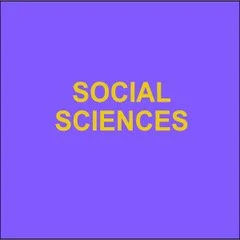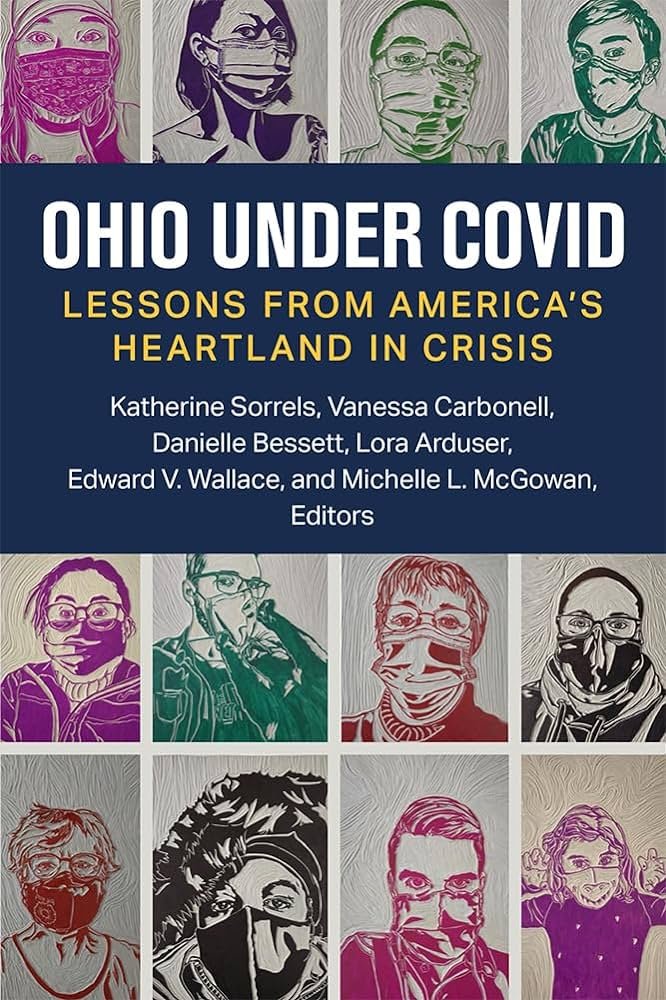By Cara McClellan with data analysis by Megan Gall
Across the country, large numbers of Black students are pushed out of the classroom and into the juvenile or criminal justice system through the school-to-prison pipeline. National data on school-based arrests and referrals to law enforcement reveals that Black and Latinx students are disproportionately targeted for harsh punishment. Moreover, national data shows that Black girls are the fastest-growing demographic affected by school discipline, arrests, and referrals to the juvenile justice system. For Black girls, the pathways to the juvenile justice system disproportionately involve unaddressed social-emotional needs at school. Despite this reality, students’ educational experiences are often left out of conversations about juvenile or criminal justice reform—in particular, the experiences of Black girls in schools. Baltimore is beginning a substantial effort to reform policing and its criminal justice system. Still, the experiences of Black girls in Baltimore City Public School System (“BCPSS”)—and the pathways that lead to their involvement with the justice systems—have been largely overlooked in this process.
New York: NAACP Legal Defense and Educational Fund, Thurgood Marshall Institute, 2024. 48p.




